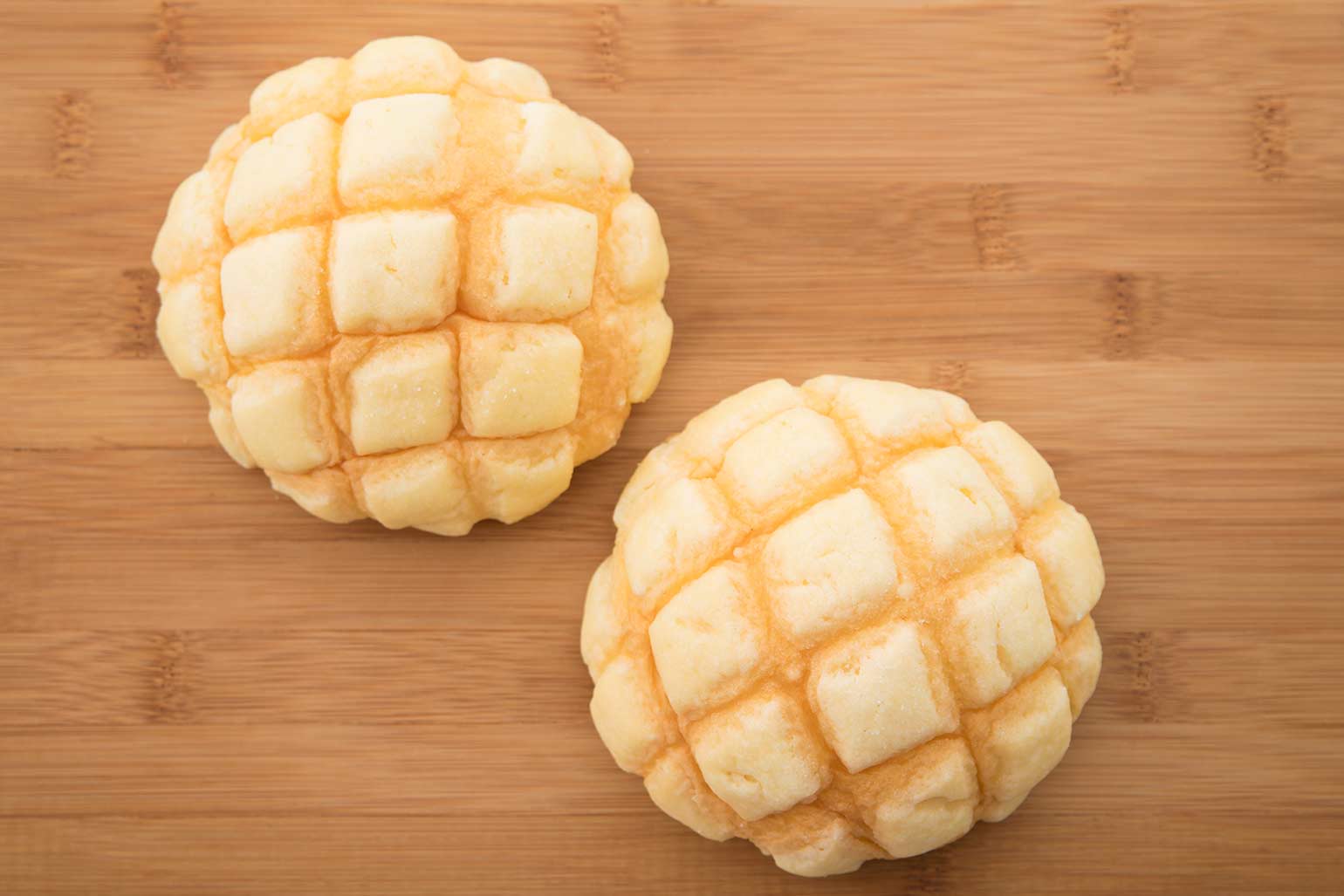It is said that the culture of eating-bread became common in Japan around the Meiji era. This was a time when Japan was under strong Western influence and modernization was proceeding at a rapid pace. As a matter of fact, “breads” was brought to Japan in the middle of the 16th century through visits to Japan by Western Catholic missionaries or others. At this time, “breads” was not well known to the general public. It was only brought to a limited number of the samurai families who were the ruling class at the time. Furthermore… It seems that they were not foods that suited the tastes of the Japanese people at the time. And then time passed, in the Meiji Era… “Breads” was introduced to Japan from Europe or the United States again. Although they were introduced as a staple food in Western food culture, along with various other Western dishes… It also seems that they were still unpopular at first. However, at that time, Japan was modernizing as a whole country, and the general public’s willingness to adapt to Western food culture must have been different than before. Some Japanese made an effort to spread the bread-eating culture to the general public. The result was today’s Japnanese sweet breads / cooked breads. “Anpan”, “curry bread”, “melon bread”, “choco coronet”, and “cream bread” were all created in Japan. All of these are now well known to the general public.


It is said that what surprises foreign visitors to Japanese bread specialty stores more than anything else is the wide variety of breads available. Moreover, they are very often of a kind not seen in other countries. Yes yes… It is true that in Japan, all kinds of dishes are used as ingredients for bread…”「( ̄▽ ̄;) But, well, it is surely worth trying them.




